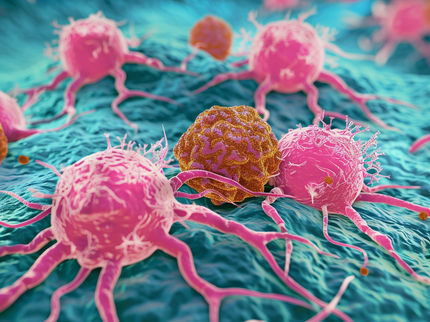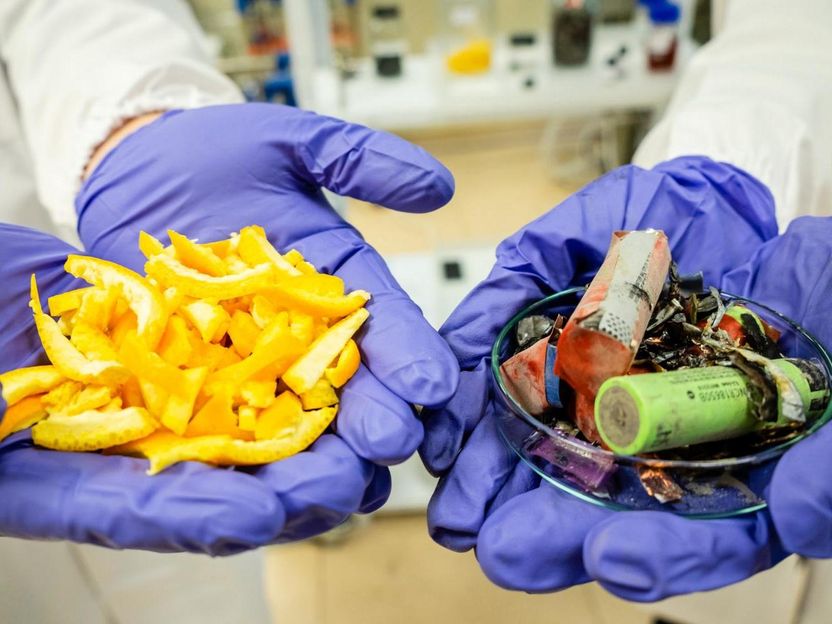Scientists identify DNA alterations as among earliest to occur in lung cancer development
Working with tissue, blood and DNA from six people with precancerous and cancerous lung lesions, a team of Johns Hopkins scientists has identified what it believes are among the very earliest "premalignant" genetic changes that mark the potential onset of the most common and deadliest form of disease.
In a report on the discovery the team says the DNA alterations it uncovered were in premalignant lung lesions known as atypical adenomatous hyperplasia, or AAH, and that the alterations occurred long before the lesions would acquire the ability to invade surrounding tissue and fulfill the definition of adenocarcinoma of the lung.
"We believe we were able to detect, for the first time, DNA circulating in the blood from precancerous lesions of the lung," says Mariana Brait, Ph.D., an assistant professor of otolaryngology-head and neck surgery at the Johns Hopkins University School of Medicine and a member of the research team. "This work is a big step in advancing our knowledge of lung cancer because it could give us a chance to find people at risk early."
Their analysis also showed, they say, that different regions of the same lesion had various mutations distinctly associated with good and poor outcomes, and that in patients for whom blood samples were available, circulating DNA evidence of the mutations showed up clearly.
"This study takes detection to a whole new level in terms of size of the lesion," says David Sidransky, M.D., professor of oncology and pathology at the Johns Hopkins University School of Medicine and the director of head and neck cancer research at Johns Hopkins. "I'm not aware that circulating DNA from precancerous lesions this small has ever been identified before."
Sidransky cautions that the findings are preliminary, involved only a few patients and are but a first step in figuring out how DNA testing might be used to detect precancerous changes at their earliest stages. But the knowledge is invaluable, he says, for both understanding the molecular biology of how lung cancer originates and how to use the findings in clinical applications.
The problem is that many such precancerous lesions regress and disappear after a few years, but some will progress to cancer, says Evgeny Izumchenko, Ph.D., a postdoctoral fellow in Sidransky's laboratory and the lead author of the study.
To help sort out factors that might predict which small lesions progress to lung cancer, the team collected tissue samples from six patients undergoing surgical removal of lung tumors. Then William Westra, M.D., professor of pathology, painstakingly went through the tissue samples millimeter by millimeter to single out tiny precancerous AAH lesions in the lung tissue for study.
The scientists then extracted and sequenced DNA from these AAH lesions, as well as from other adenocarcinomas in situ, minimally invasive adenocarcinomas and fully invasive adenocarcinomas.
Using a technique known as targeted next-generation sequencing, which enables rapid sequencing of large stretches of DNA, they next looked for mutations in 125 genes known to play a significant role in cancer development and progression.
By comparing the DNA of the premalignant lesions with DNA isolated from primary invasive cancer within each patient, the sequencing approach showed that in three of the patients, the same mutations were shared between the premalignant lesions and the tumor from the same patient. This is the first definitive link ever found between potential premalignant lesions and invasive tumors in the same lung, says Izumchenko, and it suggests that those mutations may be the drivers of tumor progression.
Original publication
Evgeny Izumchenko, Xiaofei Chang, Mariana Brait, Elana Fertig, Luciane T. Kagohara, Atul Bedi, Luigi Marchionni, Nishant Agrawal, Rajani Ravi, Sian Jones, Mohammad O. Hoque, William H. Westra & David Sidransky; "Targeted sequencing reveals clonal genetic changes in the progression of early lung neoplasms and paired circulating DNA"; Nature Comm.; 2015


























































